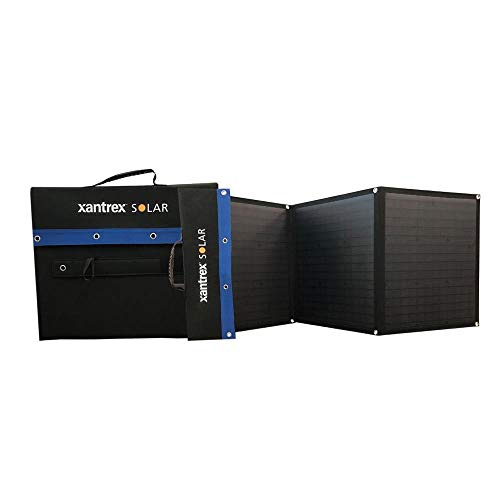Trebor English said:
Would you please share some use data?
Here it is…
As mentioned earlier, this is a 2.1 cubic foot, front opening freezer, converted for refrigerator duty with a digital temperature controller. The unit has very thick insulated walls. at least 2 1/2”, and a very heavy magnetic door gasket. The controller is set to turn the compressor on at 38 degrees, and shuts off just above 32 degrees, trying to maximize the cycle time. The compressor is a standard 120 volt, and the unit is powered by a 1500 watt sine wave inverter that's on 24/7.
I think worth mentioning, I don’t baby my fridge. I don’t worry about minimizing door openings. And in very hot weather I am frequently cycling liter bottles of ambient temp water into the fridge so I always have a cold drink available.
This information is based on data from a Kill-a-watt over a 2+ month period, 1,550 hours, or 64 1/2 days. The exif data on the original Kill-a-watt photos shows they were taken 08-12-15, subtracting from that shows the test started on 06-08-15.
The data began June 08, in middle Nebraska, with travel through Wyoming and Montana, and ending in eastern Washington on August 12. I mention the states to illustrate the climate. I recall that was a hot summer, and my van with roof mounted solar panels must be parked in full sun. During the days I may be away with the van closed up, side windows cracked and roof vent open, but 100+ degree temps inside the van would have been routine. So, I believe the temperature conditions for the test are higher than average.
The Kill-a-watt recorded usage of 18.16 kwh, or 18,160 watt/hours. divided by the 1550 hour period gives an hourly usage of 11.72 watt/hour. Obviously this doesn’t include the overhead of powering by inverter. I have verified many times that my inverter’s overhead is 12% to 15%, so using the higher number for worst case, adding 15% or 1.76 w/h to the 11.72 gives a total of 13.48 w/h. My batteries voltage runs from over 14 while charging during the day to slightly under 12.6 overnight, so using 12.6 volts as a very conservative average, the refrigerators net power consumption = 1.07 amp/hour.
I frequently see 1 amp/hour as something of a benchmark for good performance of a 12 volt refrigerator, but they are typically 45 quart chest-type coolers, where mine is equivalent 62 quart with a front door. And the 1 amp/hour benchmark is likely under much less extreme temperature conditions than I tested above.
I have done shorter term tests over 24-48 hours with the Kill-a-watt and have seen 10-11 w/h and even under 10 in more ideal cooler conditions. At 10 w/h, add inverter overhead and I get a figure of .91 amp/hour, or 21.9 amps over 24 hours.
This is real no BS data, the numbers from the Kill-a-watt back it up and the exif data from the photos proves it was tested in hot summer ambient temperatures. I would like to repeat the long-term test in winter months in Arizona to get data in a best-case scenario.


































































